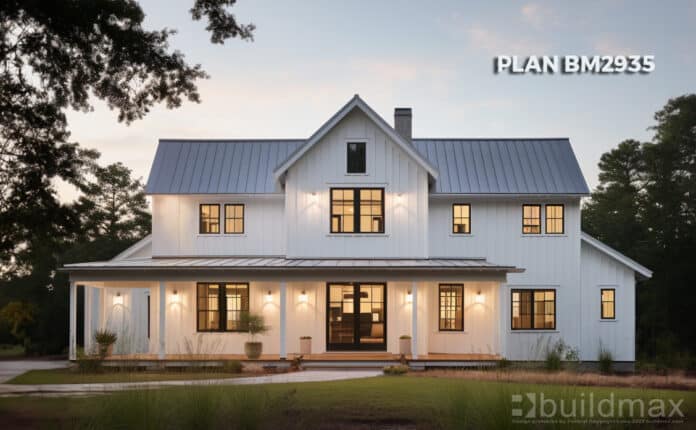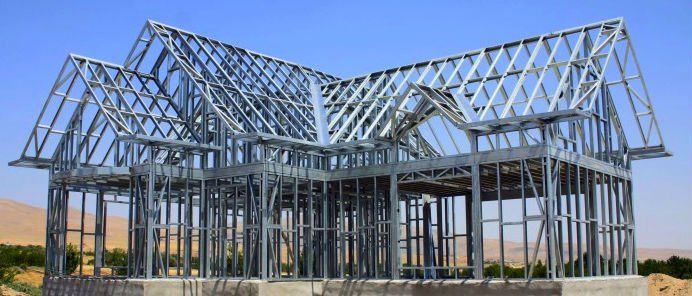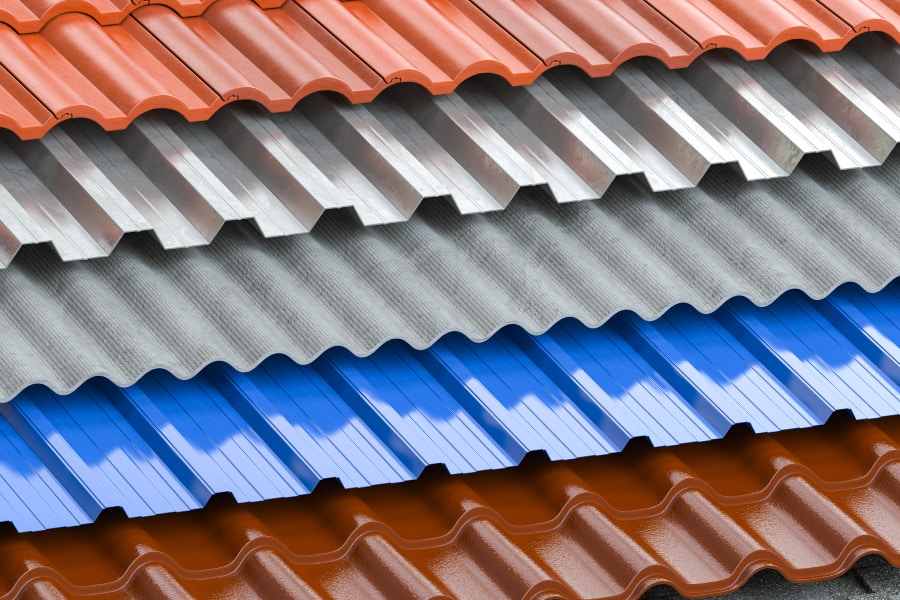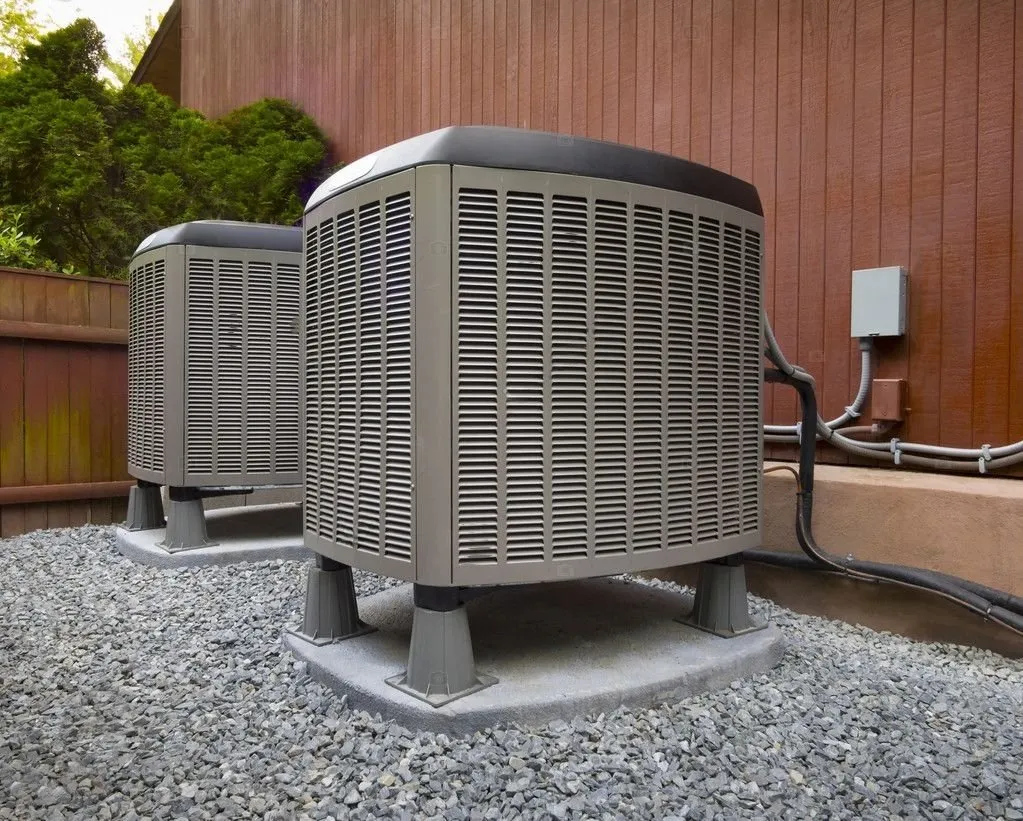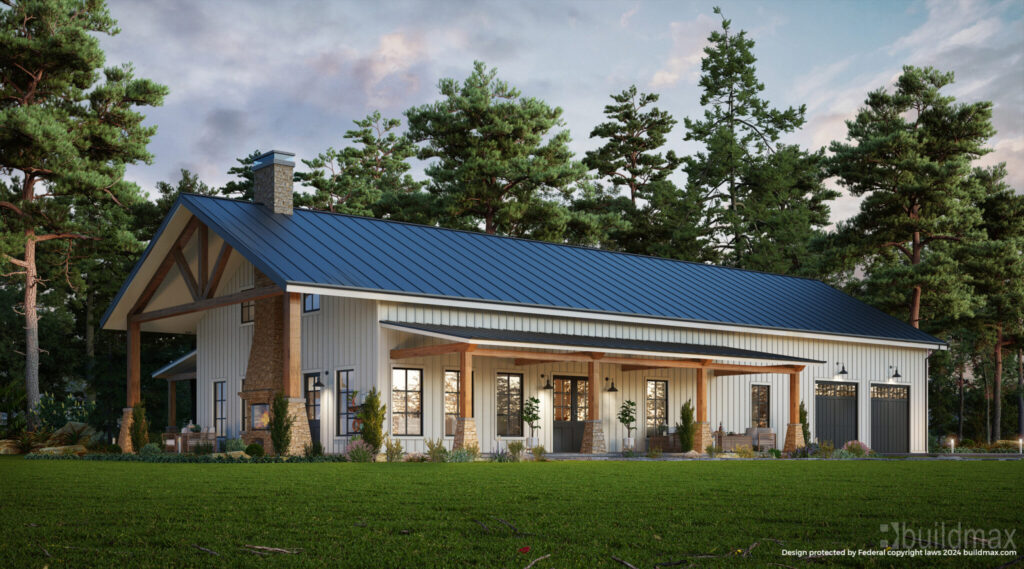Do Barndominiums Rust Easily?
Barndominiums, particularly those made from steel frames and metal siding, have become a popular choice for homeowners seeking a blend of rustic charm and modern amenities. One of the common concerns among potential buyers and builders is whether these steel barndominiums are prone to rust. Given that steel is a metal and can rust under certain conditions, it’s a valid concern. However, the reality is that steel barndominiums are specifically designed to resist rust and corrosion. Let’s explore why steel barndominiums tend not to rust and what factors contribute to their durability.
Understanding Rust and Corrosion
To understand why steel barndominiums do not rust easily, it is important to grasp the basics of rust and corrosion. Rust is a form of corrosion that occurs when iron or steel reacts with oxygen and moisture, forming iron oxide. This reaction is accelerated in the presence of salt or pollutants. Corrosion can weaken the metal over time and affect its structural integrity. However, modern construction methods and materials used in steel barndominiums are specifically chosen to mitigate this issue.
Why Steel Barndominiums Tend Not to Rust
1. **Galvanized and Galvalume Steel**: The primary reason steel barndominiums do not rust easily is due to the use of galvanized or Galvalume steel. These types of steel are coated with a protective layer of zinc or a zinc-aluminum alloy. This coating acts as a barrier that protects the underlying steel from moisture and oxygen, preventing rust. Galvalume, in particular, provides superior protection against corrosion, especially in humid or coastal environments where the risk of rusting is higher.
2. **High-Quality Paint Coatings**: Beyond the galvanized or Galvalume coating, steel used in barndominiums is often coated with high-quality paint systems that provide an additional layer of protection. These paints are specially formulated to resist chipping, cracking, and peeling, further preventing exposure to the elements that cause rust. Modern paint coatings also come with UV resistance, which helps maintain the aesthetic appeal of the barndominium over time.
3. **Proper Drainage and Ventilation**: Rusting is more likely to occur in areas where water can pool or where there is poor ventilation. Well-designed steel barndominiums address these issues by incorporating effective drainage systems, such as gutters and downspouts, to divert water away from the structure. Proper ventilation systems are also put in place to prevent moisture buildup inside the building. These measures significantly reduce the likelihood of rust forming.
4. **Maintenance-Free Metal Roofing and Siding**: The metal roofing and siding used in steel barndominiums are designed to be low-maintenance and resistant to corrosion. The panels are typically installed in a way that allows water to run off efficiently, preventing water from sitting on the surface for extended periods. The fasteners and screws used in construction are also coated or made from rust-resistant materials, which prevents them from becoming a source of rust that could spread to the steel panels.
5. **Environmentally Friendly and Corrosion-Resistant Alloys**: Advances in steel manufacturing have led to the development of corrosion-resistant alloys that are used in the construction of barndominiums. These alloys are designed to provide added durability and resistance to rust, even in harsh environments. Some steels are engineered to develop a protective patina over time that prevents further rusting, making them ideal for long-lasting structures.
Other Factors Contributing to Rust Resistance
1. **Regular Maintenance**: While steel barndominiums are designed to resist rust, regular maintenance can go a long way in ensuring their longevity. Periodically cleaning the exterior to remove dirt, salt, and other corrosive materials, especially in coastal areas, helps maintain the integrity of the protective coatings.
2. **Use of Rust Inhibitors**: During construction, additional rust inhibitors can be applied to the steel components, especially in joints, seams, and areas prone to moisture. These inhibitors create an extra barrier against rust formation and are particularly useful in high-risk environments.
3. **Quality Control During Construction**: Ensuring proper installation of all components, such as using the right type of fasteners and correctly sealing seams and joints, is crucial in preventing rust. Poor installation can lead to water intrusion and other issues that may increase the risk of rusting.
4. **Environmental Considerations**: The location of a barndominium can impact the potential for rust. In areas with high humidity, salt air (such as near the ocean), or heavy pollution, additional measures may be taken to protect against corrosion. However, with the right materials and construction methods, steel barndominiums can withstand these environments without significant rust concerns.
Conclusion
Steel barndominiums are constructed with modern materials and techniques that significantly reduce the risk of rusting. The use of galvanized or Galvalume steel, high-quality paint coatings, proper drainage and ventilation systems, and rust-resistant fasteners all contribute to a structure that is highly resistant to corrosion. With regular maintenance and quality construction practices, steel barndominiums remain durable, attractive, and free from rust for many years.
For anyone considering building or investing in a steel barndominium, rest assured that these structures are built to last, combining both aesthetic appeal and structural integrity. The risk of rust is minimal, thanks to the advanced materials and construction techniques employed, making steel barndominiums a reliable and long-term housing option.




